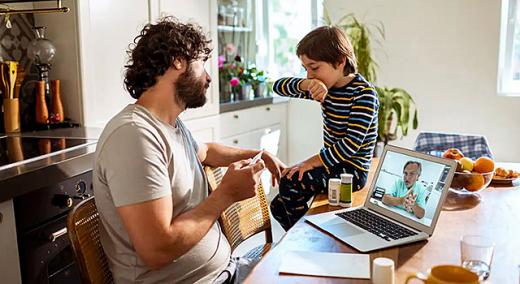Body
Covid-19 has led to a boom in telehealth, with some healthcare facilities seeing an increase in its use by as much as 8,000 percent. This shift happened quickly and unexpectedly, and has left many people asking whether telehealth is really as good as in-person care.
…
Want to continue?
Log in or create a FREE account.
By logging in you agree to receive communication from Quality Digest.
Privacy Policy.

Add new comment